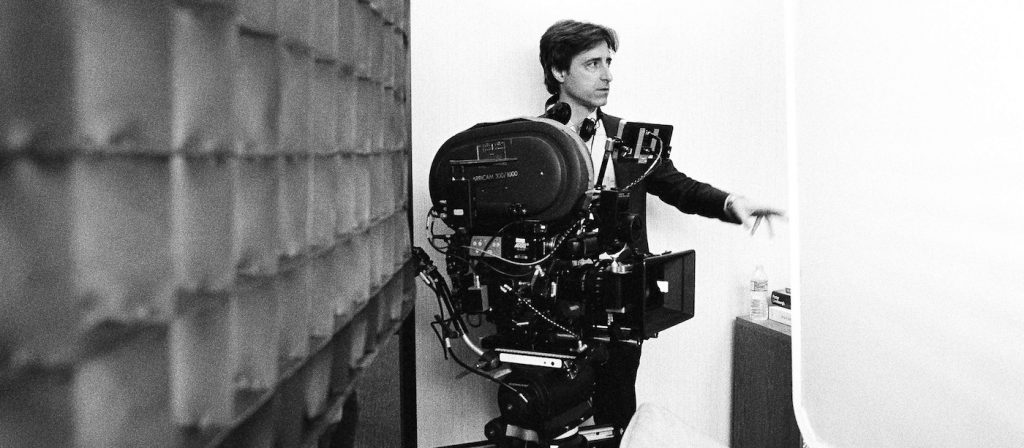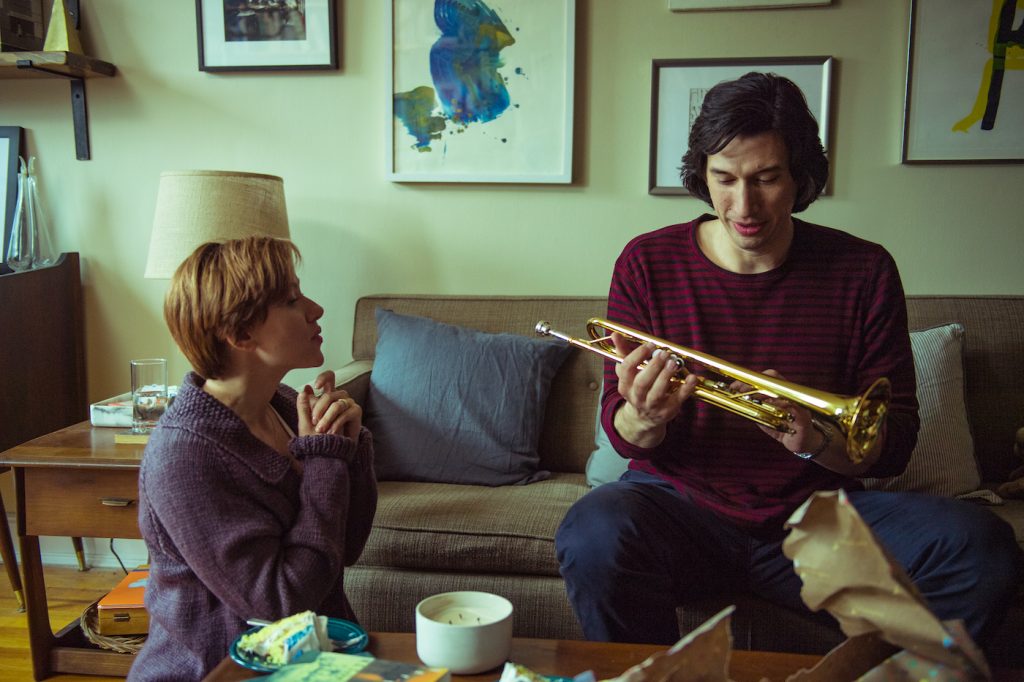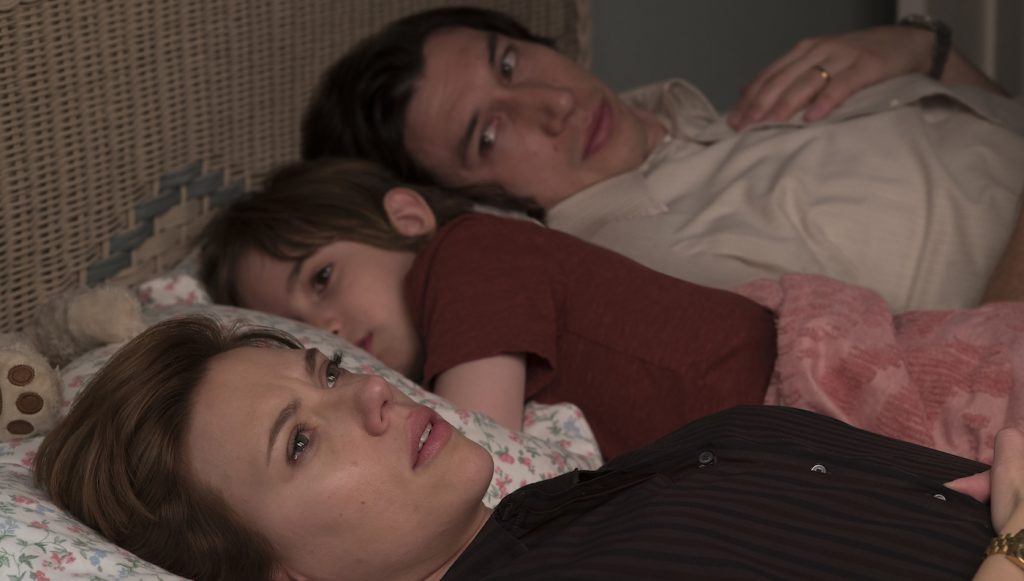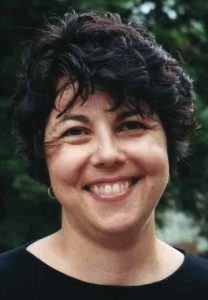Best of 2019: Writer/Director Noah Baumbach on his Devastating Marriage Story
*We’re reposting some of our favorite interviews of 2019. Happy Holidays!
Writer/director Noah Baumbach’s substantial body of work has often explored families in all their painful, darkly funny dysfunction, evolving from the perspective of an adolescent witness to the break-up of his parents in his 2005 second feature, the Oscar-nominated The Squid and the Whale, to the poignant, middle-aged observations of a son coming to terms with his estranged family and self-absorbed father in 2017’s The Meyerowitz Stories (New and Selected). But Baumbach’s Marriage Story, now in theaters and considered a major awards contender, might be his most personal, and most ambitious, movie yet.
There are obvious personal connections to this film. The Brooklyn-born Baumbach and actress Jennifer Jason Leigh divorced in 2010 after the birth of their son; he’s been in a relationship since 2011 with actress and Little Women director Greta Gerwig. Both Baumbach and Gerwig are on the shortlist for directing Oscars this year; they were recently announced as the co-writers for Warner Bros.’ Barbie movie starring Margot Robbie.
Baumbach says Marriage Story “was a movie I couldn’t write until I could. It’s both mysterious and not all, when a story makes itself clear to you.”

Baumbach drew on many sources beyond his own life for Marriage Story including interviewing the lawyers and social workers who play critical roles in his searing portrait of a dissolving marriage.
“The research was invaluable. I interviewed a lot of my friends, and friends of friends, and then also lawyers, judges, mediators and got their perspective on cases they worked on so all of that informs the story I end up telling. There was always some common ground but the emotional toll was similar—nobody had an easy time of it. Divorce took some to further places than others. You don’t know what’s behind that curtain until you go,” he says.
“Marriage Story” gives equal time to playwright Charlie (Adam Driver) and actress Nicole (Scarlett Johansson) as they split up and negotiate the custody of their young son, Henry (Azhy Robertson). “It was very important for me to portray both sides equally. That was the only version of this movie that I wanted to make,” says Baumbach. Although the film marks the first time he’s directed Johansson, Marriage Story is Baumbach’s fourth collaboration with Driver, starting with Frances Ha (2012) and including While We’re Young (2014) and The Meyerowitz Stories (New and Selected).

Mixing wrenching family drama with dark comedy and sprinkled with a couple of Stephen Sondheim show tunes for good measure, Marriage Story begins after Charlie and Nicole have decided to break up. Nicole moves to Los Angeles for a TV role and to be closer to her mom (Julie Hagerty) and sister (Merritt Wever) while Charlie wants to stay in New York where he runs a theater company. What starts out as a relatively amicable split turns contentious once Nicole and Charlie lawyer up. She hires the high powered Nora Fanshaw (Laura Dern); he teams first with the rumpled Bert Spitz (Alan Alda), and then moves to a more aggressive litigator (Ray Liotta).
“In a sense, the lawyers become the performers, ironically,” says Baumbach. Nicole and Charlie “sort of lose their voices because the lawyers take it from them and distort it.” In one of the movie’s pivotal scenes, Charlie and Nicole are alone and erupt at one another. “They are almost like babies learning to speak. They’ve lost their sense of themselves and they’re more vulnerable and that’s why it becomes a volatile situation,” he says.
Baumbach said he was inspired by classic divorce movies such as Kramer vs. Kramer (1979) and Shoot the Moon (1982). But it was Ingmar Bergman’s Persona (1966), not the Swedish director’s more obvious Scenes from a Marriage (1974), that served as Baumbach’s touchstone. “The visual references were useful for [cinematographer] Robbie Ryan and me…the closeups, overlapping faces and profiles, two people in a room together or people in a landscape together,” he says. “I knew close-ups would be very important in this movie. I used an aspect ratio I had not used before, 1.66, for a more narrow frame. It works better for portraiture…and I knew at that point that Scarlett and Adam were going to be in the movie and both have such wonderful faces, movie faces, that also convey such inner life. They do so much without saying anything.”

Marriage Story is such a showcase for Driver and Johansson that both are considered shoo-ins for Oscar nominations. “Neither was afraid to bring so much of themselves to these parts and reveal things,” says Baumbach. “I don’t allow for improvisation with the dialogue. But if we choreograph everything and have a distinct blueprint we’re all working off of, it actually gives the actors more freedom. The improvisation can come in the performance. They can let go because they know they are going to be caught; they are in a safe place. I only have them, my actors. I don’t have special effects; they are the special effects. There’s no place for me to hide. To have collaborators like the two of them and Laura, Alan, Ray, Julie and Merritt, to have actors so free and so precise at the same time, was such a gift.”
For more on Marriage Story, read our interview with production designer Jade Healy.
Featured image: Scarlett Johansson and Adam Driver in ‘Marriage Story.’ Courtesy Netflix.



